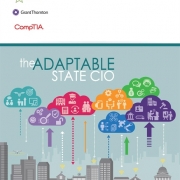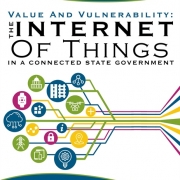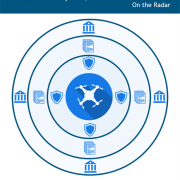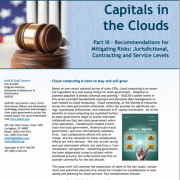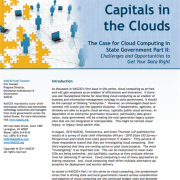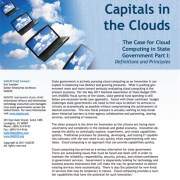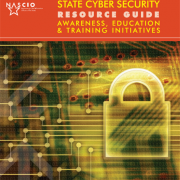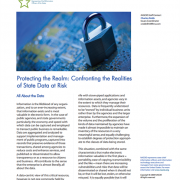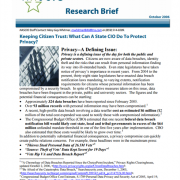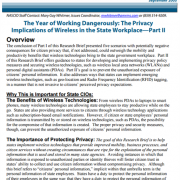The 2016 State CIO Survey: The Adaptable State CIO
NASCIO, Grant Thornton LLP and CompTIA have collaborated for a seventh consecutive year to survey state government IT leaders on current issues, trends and perspectives. New service delivery models, innovative technology solutions, and rising customer expectations all require state CIOs to adapt continually to changing circumstances. We asked state CIOs to share their perspective on a number of topics, with a particular focus on the continued evolution of the CIO as a broker of shared services, on the IT workforce challenges facing CIOs, and on the use of data management and analytics at an enterprise level. These topics all involve CIOs looking into the future and adapting their strategies and plans to address a state IT and business environment that is becoming ever more complex. Cybersecurity, cloud solutions, mobility, procurement, cross-jurisdictional collaboration and privacy represent other high priority topics covered in the survey.

